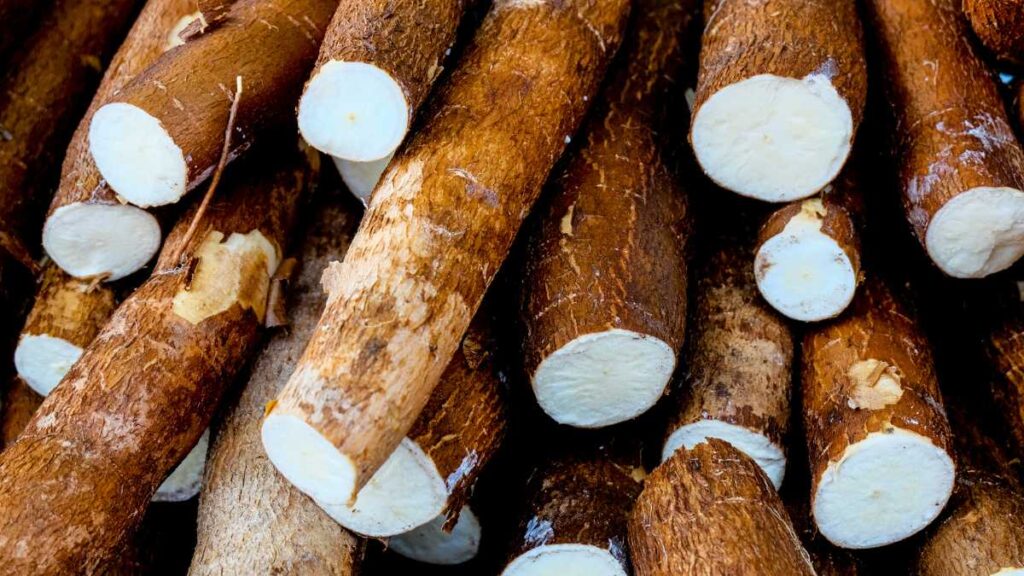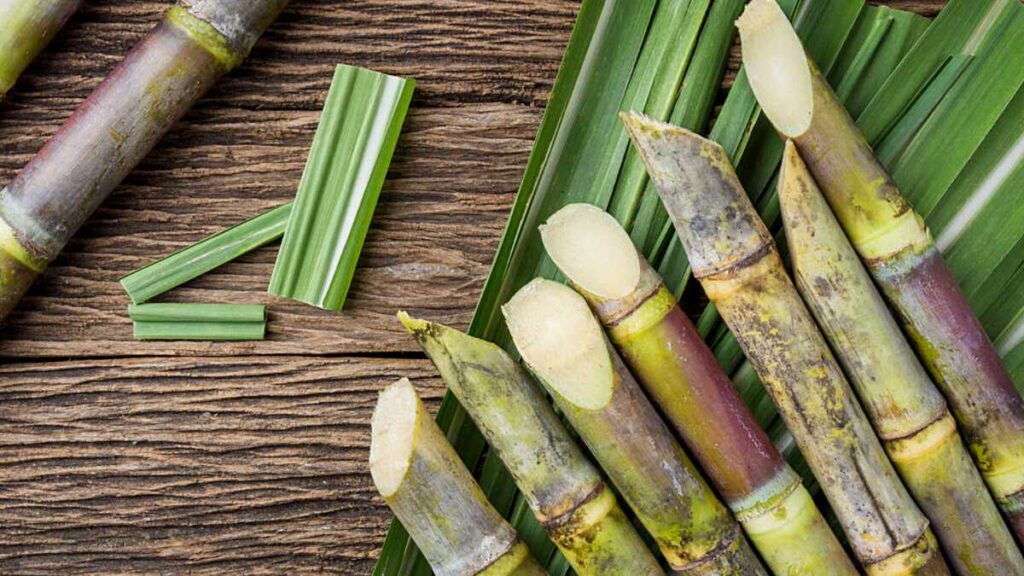Aguardiente, a term that sparks the image of a fiery, potent spirit, is a traditional alcoholic beverage deeply rooted in the cultural fabric of the Iberian Peninsula and Iberian America. With an alcohol by volume (ABV) ranging from 29% to 60%, aguardiente is not merely a drink but a symbol of heritage and celebration across various cultures. This comprehensive article explores the origins, production methods, and different types of aguardiente, highlighting its significance in social and cultural contexts.
Etymology and Historical Background
The word ‘aguardiente’ is derived from the Iberian languages, combining “agua” (water) and “ardiente” (burning or fiery), which aptly describes its strong, burning sensation upon consumption. Unlike the English equivalent “firewater,” which carries a colloquial tone, aguardiente is a neutral term in Spanish, encapsulating a wide range of spirits under its name.
Historically, its production dates back several centuries, with its origins tied to the Iberian Peninsula, comprising modern-day Spain and Portugal. The distillation techniques likely spread from the Middle East during the Islamic Golden Age, with the Moors playing a significant role in introducing these methods to the region. Over time, it became a popular spirit, not only in Iberia but also in the Spanish and Portuguese colonies in the Americas, where it adapted to local tastes and ingredients.

Production Process
The production of it involves the fermentation and distillation of sugared or sweet musts, vegetable macerations, or a combination of both. This process can vary significantly depending on the source material, which includes a variety of fruits, grains, tubers, and sugarcane.
- Fermentation: This initial step involves converting the sugars present in the base ingredients into alcohol through the action of yeast. The type of sugar and the fermentation environment can affect the flavor and quality of the final product.
- Distillation: The fermented liquid is then distilled to increase its alcohol content and purity. Distillation techniques can vary, with some traditional methods still in use to maintain specific flavor profiles.
Varieties of Aguardiente
Aguardiente can be made from an array of base ingredients, each imparting its unique flavor and characteristics to the spirit:
- Fruit-Based: Common fruits used include oranges, grapes, bananas, and medronho (a fruit native to the Iberian Peninsula). Each fruit offers a distinct taste, ranging from the delicate notes of grape aguardiente to the robust flavors of medronho.

- Grain-Based: Grains like millet, barley, and rice are also used, particularly in regions where these crops are prevalent. These aguardientes tend to have a more subtle flavor profile, making them suitable for a variety of cocktails.

- Tuber-Based: Tubers such as beet, manioc (cassava), and potato are utilized in some regions, creating a richer, earthier flavor of it.

- Sugarcane-Based: Perhaps the most well-known type, sugarcane aguardiente is popular in many Latin American countries. It includes variations like cachaça from Brazil and other similar spirits from Colombia and Ecuador.

Regional Specialties
In every region where aguardiente is produced, it adapts to reflect local tastes and agricultural practices:
- South America: In Colombia, aguardiente is often anise-flavored and is a staple in festive celebrations. Ecuador also shares a similar tradition with its own unique blends.
- Brazil: While technically a type of aguardiente, cachaça is distinct enough to be considered a separate category. It is made exclusively from sugarcane juice and is the main ingredient in the famous caipirinha cocktail.
- Europe: In Portugal, aguardiente is sometimes used as the base spirit for making liqueurs and is also integral to the production of some fortified wines.
Cultural Significance
It is more than just a spirit; it is a cultural artifact that plays a significant role in social rituals, religious ceremonies, and communal celebrations. Its consumption is often associated with specific traditions and festivals, where it is enjoyed responsibly to enhance the communal bond and festive spirit.
Conclusion
Aguardiente embodies the fiery spirit of its name, offering a diverse palette of flavors and styles shaped by centuries of tradition and cultural exchange. From the sun-drenched vineyards of Portugal to the lush sugarcane fields of Brazil, it continues to be a beloved spirit that celebrates the rich heritage and vibrant cultures of the regions it graces. Whether sipped neat or mixed into a refreshing cocktail, it offers a taste of history with every fiery drop.








